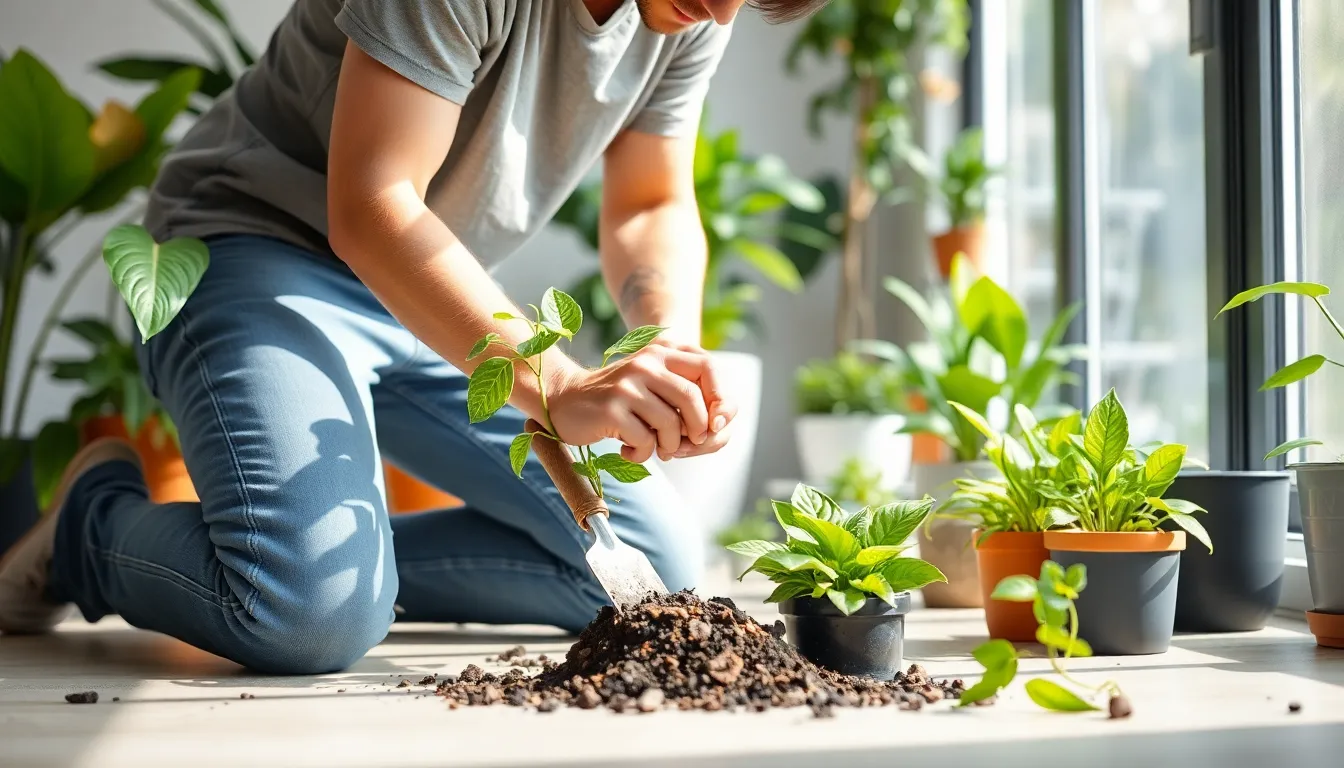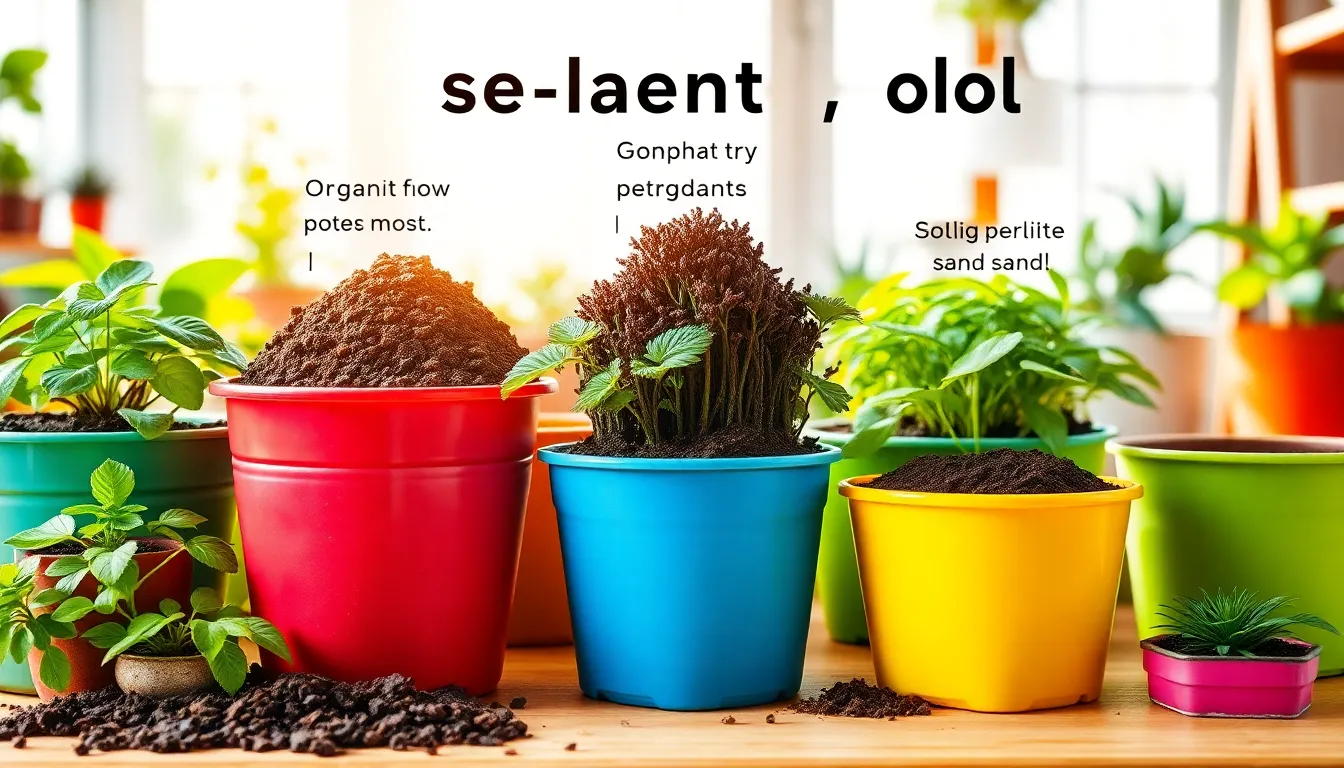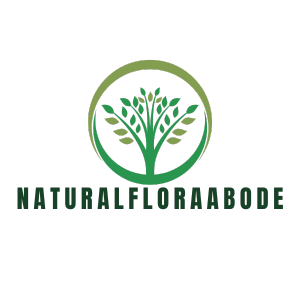The Best Fluffy Pancakes recipe you will fall in love with. Full of tips and tricks to help you make the best pancakes.

Houseplant Soil: Unlock the Secret to Thriving Indoor Plants Today
Houseplant soil might not sound like the most thrilling topic, but it’s the unsung hero of indoor gardening. Think of it as the cozy blanket that wraps around your plants, keeping them warm, happy, and thriving. Without the right mix, even the most vibrant foliage can turn into sad little sticks.
Houseplant Soil
Houseplant soil plays a vital role in indoor gardening. It provides essential support for plant health and growth.
Importance of Soil for Houseplants
Soil acts as a foundation that nurtures plants, ensuring they receive moisture and nutrients. Quality soil protects against root rot and promotes aeration by allowing proper drainage. Healthy soil encourages strong root development, leading to vigorous growth and resilience against pests. The right mix can improve the overall vitality of houseplants, reducing the risk of diseases. Plants thrive in environments where soil composition matches their specific needs.
Components of Quality Soil
Quality soil consists of various components that work together. Peat moss retains moisture, while perlite enhances aeration. Expanding on this, compost enriches soil with nutrients, promoting healthy microbial activity. A mixture of these elements creates a balanced environment where plants can flourish. The pH level significantly influences nutrient availability; most houseplants prefer a slightly acidic to neutral pH. Regularly testing soil helps maintain optimal conditions for plant health.
Types of Houseplant Soil

Various types of houseplant soil cater to different plant needs, ensuring optimal growth and health. Understanding soil types can help indoor gardeners make informed choices.
Potting Mix
Potting mix serves as a versatile option for many houseplants. It often contains peat moss for moisture retention, perlite for aeration, and vermiculite for additional nutrient access. This blend promotes healthy root systems by providing crucial drainage while retaining necessary moisture. When selecting a potting mix, gardeners should consider the specific needs of each plant species to ensure the right fit for optimal growth.
Organic Soil Options
Organic soil options often appeal to environmentally conscious gardeners. These blends typically include natural ingredients such as compost, worm castings, and coconut coir. These components enrich the soil with nutrients and improve moisture retention. Organic soil also encourages healthy microbial activity, supporting overall plant vitality. Choosing organic options can foster sustainable gardening practices while enhancing the container’s ecosystem.
Well-Draining Soil
Well-draining soil is vital for preventing issues like root rot. This type of soil contains materials such as sand, perlite, or pumice, which promote excess water runoff while preventing compaction. Specific houseplants, like succulents and cacti, thrive in well-draining mixes. Ensuring proper drainage minimizes water saturation, allowing roots to access oxygen effectively and encouraging robust growth. Selecting the right balance of components guarantees a healthy environment for various houseplants.
How to Choose the Right Soil for Your Houseplants
Selecting the correct soil enhances plant vitality. Several factors influence soil choice, ensuring it meets particular plant needs.
Factors to Consider
Plant type dictates soil requirements. Succulents thrive in well-draining mixes containing more sand and perlite, while tropical plants prefer moisture-retaining components like peat moss. Container size impacts soil choice; larger pots often require denser mixes to support root development. Drainage is critical, preventing water accumulation and root rot. pH levels affect nutrient availability; aim for a pH between 6.0 and 7.0 for most houseplants. Consider organic versus synthetic options; organic soils provide beneficial microorganisms and enrich the growing environment. Adapt practices based on seasonal changes, such as varying moisture levels in summer and winter.
Common Houseplant Soil Brands
Numerous reputable brands cater to diverse houseplant needs. Miracle-Gro offers versatile potting soil with balanced nutrients for general use. FoxFarm provides specialty mixes, including Happy Frog, designed for tropical plants requiring extra aeration. Espoma Organic’s potting mix, enriched with natural ingredients, promotes healthy growth. Black Gold supplies quality organic blends that suit various plant types, suitable for both beginners and experts. Coast of Maine produces unique blends aimed at specific plants, ensuring tailored support. Each brand presents varied characteristics, guiding choices based on specific houseplant requirements.
Tips for Maintaining Houseplant Soil
Maintaining healthy houseplant soil ensures plants thrive for years. Proper practices involve regular watering and fertilization.
Watering Practices
Watering significantly affects soil health. He should check soil moisture before each watering, preventing over-saturation. A simple finger test helps determine moisture levels; inserting a finger an inch deep reveals dryness or dampness. Adjustments to watering frequency depend on plant type and environment. Ensure that pots have drainage holes, allowing excess water to escape. Avoid letting plants sit in standing water, as this can lead to root rot. Consistent watering routines promote healthy root structures and improved nutrient uptake.
Fertilization Guidelines
Fertilization empowers houseplants to flourish. Regular application of balanced fertilizers supports nutrient replenishment in depleted soil. He should choose fertilizers suited for specific plant types, as needs vary. Liquid fertilizers often provide quick nutrient delivery, while slow-release options ensure a steady supply over time. Seasonal adjustments can enhance results; fertilizing during the growing season boosts nutrient availability, while reducing application in dormant periods is advisable. Always follow package instructions for optimal nutrient balance, fostering vibrant growth throughout the year.
Conclusion
Choosing the right houseplant soil is essential for nurturing healthy and vibrant indoor gardens. By understanding the unique needs of different plants and selecting appropriate soil types, gardeners can create an optimal environment for growth. Regularly testing pH levels and maintaining moisture balance ensures that plants receive the nutrients they require.
With the right soil mix and proper care techniques, houseplants can thrive, enhancing any indoor space. Investing time in selecting and maintaining quality soil will lead to flourishing plants that bring joy and beauty into homes.
